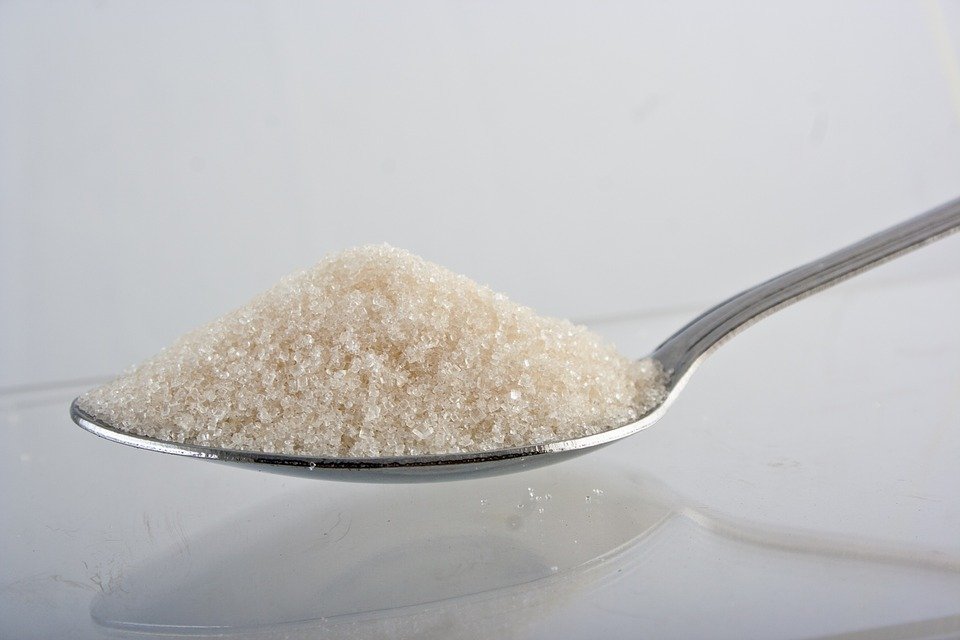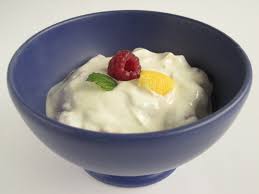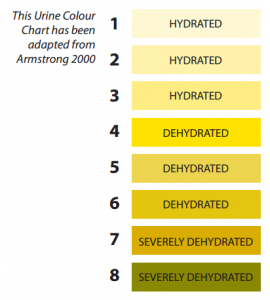
How The WHOLE Family Can Eat Less Sugar – My Top 10 Tips
Although sugar is such a part of our society and our eating culture it isn’t something our bodies have had that long to get used to, in evolutionary terms. We simply were not designed to cope with the amount of sugar our bodies are now exposed (on average UK teenagers consume nearly 19 teaspoonfuls of sugar per day). In fact not just exposed to but tasked with metabolising i.e. breaking down into energy and trying it’s hardest to expose of the excesses. Whilst many talk about the effects on health from a metabolic perspective i.e. obesity and diabetes, many of these longer term affects seem too far removed for our children and often even ourselves to take notice and change habits. However, what if I told you that sugar affects your mood, your energy levels and could cause nasty digestive issues causing flatulence and smelly breath? Now, eating too much sugar doesn’t seem so appealing does it?
It’s the start of a new year and a time when people start to think about resolutions and changing habits. One that most want to achieve is to eat less sugar. After the excesses of Christmas and the festive period you may be feeling in need of some way of reducing sugar in your diet and in your life. I am going to urge you to take things slowly as an all or nothing approach can backfire in the long run. However, there are some steps you can take and some knowledge that can help in making these changes and taking these steps.
- Don’t eat sugar or sugary foods on their own. Try and eat some fibre, fat or protein alongside sugary foods. This will allow your body to break sugars down more slowly, causing less of a sugar high and low and therefore less stress on the body.
- Keep ice-cream, chocolates, sweets/lollies/candies and biscuits/cookies as a treat rather than at home. That way you can limit the number of times and amount of sugar your children and family get from these highly sweetened treats.
 Choose unsweetened yogurt and add your own toppings. Yogurt is big business. You only need to walk down the yogurt aisle in your local supermarket to see that there are sufficient brands, flavours, styles to fill an entire aisle. Quick question – how many of you remember there being an entire aisle of sugary yogurts when you were growing up? The food industry know that we are likely to opt for yogurt, many believing it is a healthier option but you only need to look at the sugar content in most flavoured yogurts and compare this to other desserts to find that flavoured yogurt is rarely a healthy option. Natural yogurt, ideally with some fat in it, is filling and the fat helps you to absorb the fat-soluble nutrients, whilst the sugar content will be the lowest possible. You can then add your choice of fruit and even some honey. You’re unlikely to add as much sugar as is in commercial, flavoured yogurts.
Choose unsweetened yogurt and add your own toppings. Yogurt is big business. You only need to walk down the yogurt aisle in your local supermarket to see that there are sufficient brands, flavours, styles to fill an entire aisle. Quick question – how many of you remember there being an entire aisle of sugary yogurts when you were growing up? The food industry know that we are likely to opt for yogurt, many believing it is a healthier option but you only need to look at the sugar content in most flavoured yogurts and compare this to other desserts to find that flavoured yogurt is rarely a healthy option. Natural yogurt, ideally with some fat in it, is filling and the fat helps you to absorb the fat-soluble nutrients, whilst the sugar content will be the lowest possible. You can then add your choice of fruit and even some honey. You’re unlikely to add as much sugar as is in commercial, flavoured yogurts.- Choose naturally sugar-free or low sugar cereals if you choose cereals at all. In fact, porridge, rye/sourdough bread and eggs, yogurt and berries are much more natural options. They’re also slower energy release options. However, if you go down the cereal route then ideally 5g of sugar per 100g of product or less is what you are looking for. That means oats, Oatabix, Weetabix, Shredded Wheat.
- If you can’t have gluten in your diet beware of commercial gluten free alternatives. They are often made from sugar, refined flours and starches that turn into sugar in the blood very quickly too. If gluten is a problem then try to ditch the commercially available gluten free breads. There are now a range of higher protein, lower carbohydrate wraps you can use but these can get costly (but then to be honest, so too can commercial gluten free bread). However, using alternatives such as nori sheets or lettuce leaves for wraps, pea or chickpea flour, buckwheat flour or quinoa flour for pancakes and buckwheat or brown rice noodles/pasta can help.
 Reduce the number of refined carbohydrate foods available i.e. bagels, pizza dough, cookies, doughnuts, fries, white bread. These also get broken down into sugars very quickly in the body. You don’t think of these as sugary foods in themselves but because they affect the way your body responds and reacts to them you will find yourself wanting more sugary foods in the long run. Try and move to sourdough bread, wholegrain spelt pasta, and ditch the white doughy products as a regular household purchase.
Reduce the number of refined carbohydrate foods available i.e. bagels, pizza dough, cookies, doughnuts, fries, white bread. These also get broken down into sugars very quickly in the body. You don’t think of these as sugary foods in themselves but because they affect the way your body responds and reacts to them you will find yourself wanting more sugary foods in the long run. Try and move to sourdough bread, wholegrain spelt pasta, and ditch the white doughy products as a regular household purchase.- Avoid artificial sweeteners like aspartame. If you are tempted to go low cal or low sugar be careful. Artificial sweeteners can, in fact, bring a whole load of different health problems that are even worse than eating too much sugar. Some studies even suggest people who consume artificial sweeteners instead of sugar, gain more weight.
 Ditch fizzy drinks. These tend to have become a habit for most people that drink them and habits are hard to break. However, as with reducing sugar intake as a whole, a gently gently approach is advised. Try some juice and fizzy water as a transitional stage. Then move to fizzy water, then water. You can always add lemon, lime, cucumber etc etc to your water as your palate changes, but in order to ensure you don’t get bored of water.
Ditch fizzy drinks. These tend to have become a habit for most people that drink them and habits are hard to break. However, as with reducing sugar intake as a whole, a gently gently approach is advised. Try some juice and fizzy water as a transitional stage. Then move to fizzy water, then water. You can always add lemon, lime, cucumber etc etc to your water as your palate changes, but in order to ensure you don’t get bored of water.- Ditch the sweet snacks. If you’ve only got dried fruit, biscuits etc available then your children get used to having only sweet snacks. Some cold meats, veggies and dips in the fridge etc can help them to expect savoury snacks and also help them to manage their energy levels far better.
- Keep hydrated. So often thirst is disguised as hunger. Drinking sufficient liquid to pee 8 times a day and for that pee to be very light yellow in colour and not dark yellow is important. Charts such as this one can help with that. I find a really good quality, insulated drinking bottle goes a long way to helping this to be achieved.

